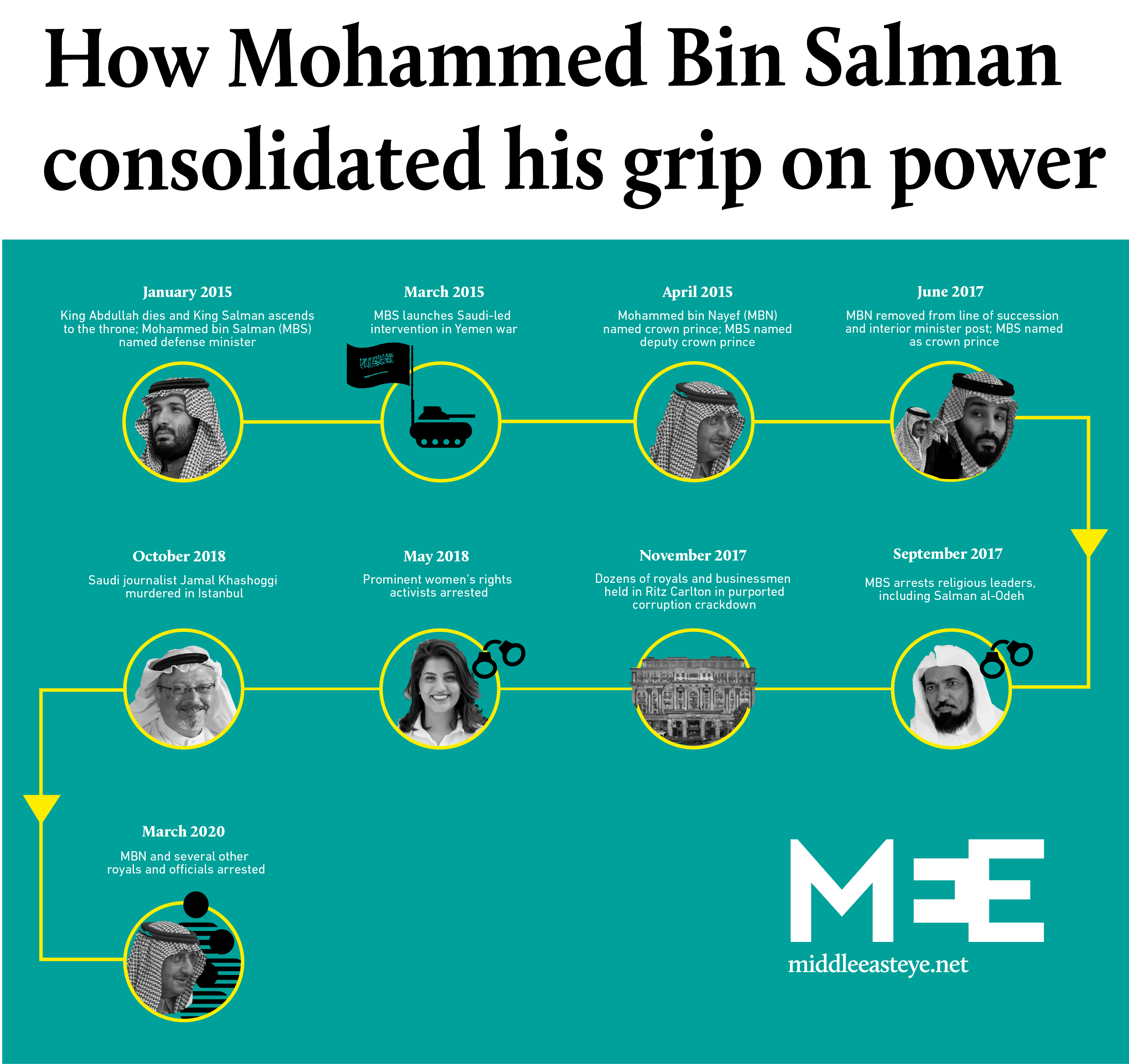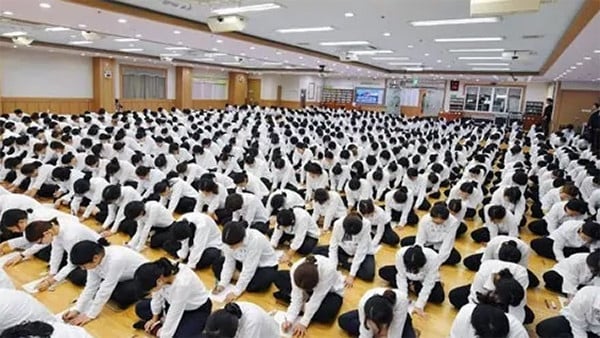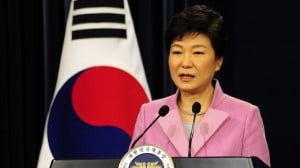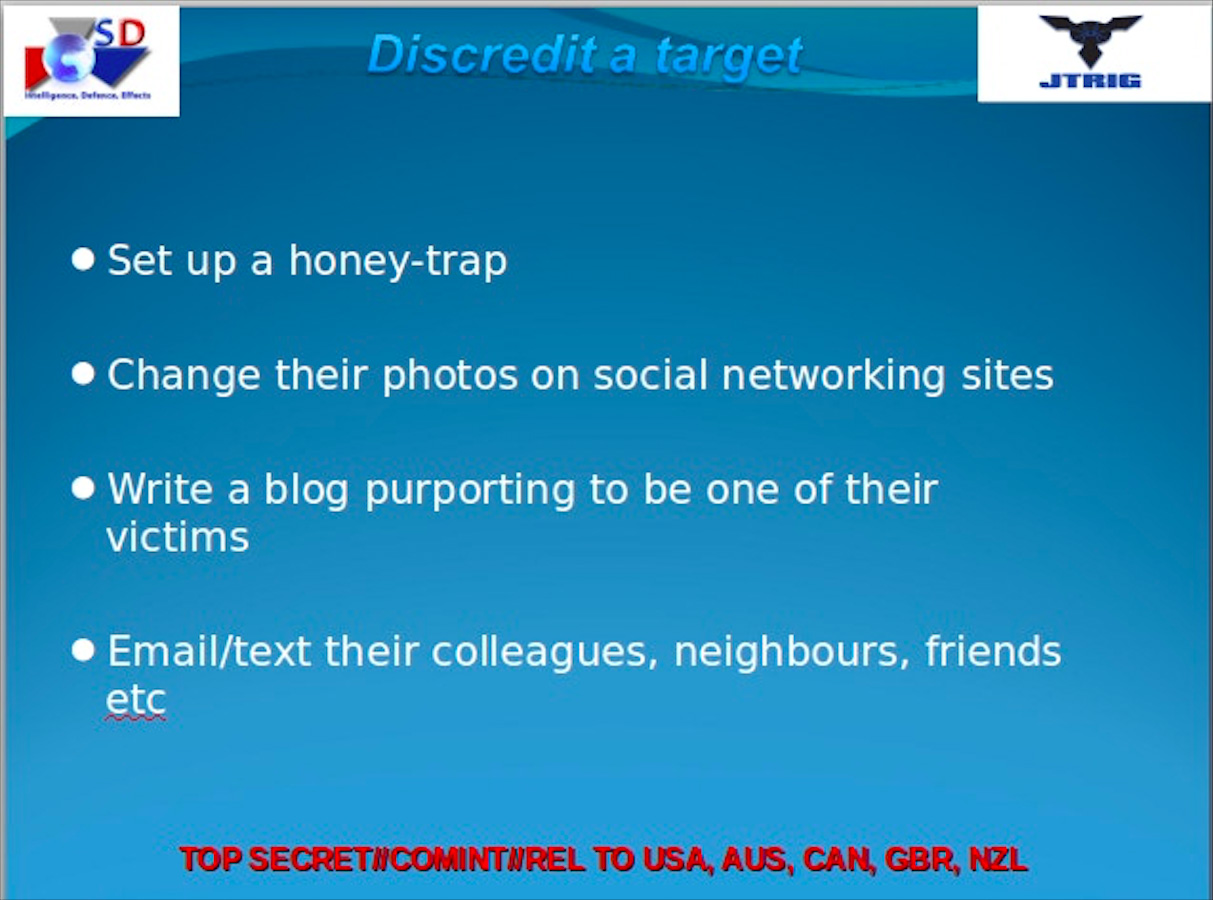The whole world is facing the deepening and widening corruption which challenges the very survival of the free democracy and the free market economy.
Korea has been suffering for last 70 years from the corruption culture. But owing to courageous fight of Korean people and the Candle-Light Revolution of 2016-2017, Korea is freeing painfully but steadily from the dark clouds of the corruption culture.
I hope that Korea’s experience will help developing countries for assuring the development of their economy without becoming the slave of corruption.
The literature on corruption is rich but it has two shortcomings. First, it is based on a definition of corruption which is too narrow to deal with the complexity of corruption. Second, it does not cover sufficiently the range of the impact of corruption on the society.
Most of the existing studies tend to define corruption as illegal activities which are designed to maximize personal gains at the expense of those of others. But, it must be pointed out that some of the laws and regulations are designed to justify corruption.
Therefore, I would define corruption as “illegal or immoral human activities designed to maximize personal or group gains at the expense of the welfare of other persons or other groups”.
The objective of this paper is to find, on the basis of Korea’s experience, appropriate measures that would facilitate the fight against corruption.
This paper has five sections.
Section 1 offers a typology of corruption based on the Korean experience of corruption. I have found that the useful way of classifying corruption is to relate it to the behaviour of individuals and organizations involved in corruption.
Section 2 deals with the evolution stage of corruption. I argue that the phenomenon of corruption evolves by stage. The level, the contents and the impact of corruption vary by stage. Therefore, to find appropriate measure of anti-corruption, it is important to know at what stage the process of corruption finds itself.
Section 3 discusses the strategy of protecting the benefits of corruption. It will be shown that, in Korea, the strategy of protecting the fruit of corruption is brutal and sophisticated.
Section 4 copes with the impact of corruption. Here, I will distinguish between economic impact and moral impact. It goes without saying that these two types of impact are related. In fact, I argue that these two types of impact combined can destroy a country
Finally, Section 5 will show how the Korean people have fought for last 70 years against corruption risking their lives and enduring the violation of their basic human rights. In this section, I will show also how President Moon is conducting a total war against the deep rooted corruption in Korea. In addition I will show some lessons we can learn from the Korea’s experience of corruption
Typology of Corruption
The corruption takes several forms depending upon the individuals and organizations involved in the process of corruption. I am sure that the following types of corruption take place in many other countries.
A. Outright theft of public funds
One of the most notorious scandals in Korea is the embezzlement of billions of dollars of public funds by the conservative presidents of the country, civil servants, heads of public corporations, directors of research institutions, and even owners of even kindergarten.

One of the notorious cases was the embezzlements of more than $ 200 million USD by former conservative president, General Chun Doo-hwan (image on the right). He was imprisoned for corruption and abuse of power. He was ordered by the court to pay back to the government the embezzled money. But he is still claiming that he has only $260 USD in his bank; he is making mockery of Korea’s judiciary system.
Under President Lee Myong-bak, billions of dollars of public money was suspected to be stolen through what are called the “4-River Projects” and “Resource Diplomacy.” These scandals remain to be investigated.
Another case of the theft of public money is that of private kindergartens which steal openly a good part of government subsidies for personal use including the purchase of jewellery and other personal use.
B. Transaction of privileges
The market of privileged rights is huge. To do business, one has to go through a long series of regulations. But, by paying bribes to government officials, one can get privileges of going over the laws and regulations.
For instance, by paying bribes to government officials, one can get more quickly a legal building permit or illegal building permit. With bribes, a land developer can transform greenbelt land into residential land.
The supply of these privileges is provided by the public authorities. The demand of these privileges is determined by the business. The price of these privileges is the monetary value of these privileges.
The market price of these privileges is the amount of bribery. It is by no means easy to have an idea about the amount of such bribery. But, for example, it is a known secret that the amount of bribery paid by the industry of construction is 5% of the amount of sales. The total amount of bribery could be tens of billions of dollars.
C. Theft of Information
In Korea, some of those who are involved in the supervision of stock market and land development are known to be wealthy after their retirement.
The high ranking civil servants of the ministry of construction know in advance the land-development plan and buy land in the name of someone else and assure huge capital gains by selling it.
A person working at the institution which supervises the stock market has access to confidential information on investment plan of companies and can make fortune by buying or selling the stocks. God knows how much illicit money is made by these thieves of confidential information.
D. Fraudulent procurement
The government and its numerous agents spend hundreds of billions of dollars every year to buy goods and services. For national defence alone, Korea spends a year $50 billion USD. It happens more often than not that the government and its agents pay an amount far above the real price for the procurement of goods and services.
The difference between the price paid and the real price is shared between the seller and the buyer. This is the “kick-back”. In the area of procurement of military equipment, the amount of kick-back is said to be 10% of the amount of military equipment bought.
E. Transaction of Freedom
Perhaps, another devastating form of corruption is the transaction of freedom. Under the corrupted judiciary system, those who have committed crimes and corruption can buy freedom with bribe money.
The police do not arrest people of power despite their obvious crimes and corruption in exchange of bribery. The bureau of prosecutors does not investigate clear cases of corruption, if the accused are leaders of business ready to pay bribes.
Even if the investigation shows undeniable proof of corruption, the prosecutor does not accuse the person involved.
Heads of the largest Chaebol were suspected several times for corruption but they were seldom sent to the court trial.
Even if they were judged guilty, they were soon liberated. In many cases, even if the prosecutor provides proof of guilt, the court makes ruling of not guilty.
F. Transaction of laws
It is a well known fact that the powerful Chaebols persuade the law makers to pass laws in their favour in exchange of disguised campaign funds.
Laws adopted by the National Assembly can affect the interests of business and other interest groups. The groups which are the most sensitive to laws are large corporations. Large corporations have, in fact, a specialized group whose job is to prevent laws harmful to them and foster those laws which are favourable to them. The laws that have been the most visible target of lobbying have been labour related laws.
Chaebols have been spending a lot of bribe money paid to law makers to prevent the adoption of pro-labour laws. This is one of the reasons for low wages and long hour of work in Korea
G. Transaction of jobs

Another form of corruption is the transaction of jobs. In the case of a Casino in Gangwon Province, 80% of jobs were illegally given, in exchange of bribes, to those who were close to lawmakers or other persons close to the government of Park Geun-hye (image on the left).
It is suspected that Mrs Choi Soon-sil (now in prison for 20 years for corruption and illegally interfering in government policies) would have intervened, for large sum of bribe, in the nomination of cabinet ministers, judges and other high ranking officials.
Evolution Stages of Corruption
The corruption in Korea has evolved by the following stages:
- Economic development and collusion of government-business.
- Formation of oligarchy of corruption
- Creation of corruption community
Stage 1. Economic Development and the emergence of bilateral collusion: government-business
One of the key factors of the economic miracle in Japan and Korea was the concept of Japan Incorporated (Japan Inc.) and that of Korea Incorporated (Korea Inc) by which I mean the situation in which the government and the business act as one single company. The government and the business become almost equal partners for economic policies and development.
The close cooperation government-business led inevitably to collusion in planning and executing the project of industrialization and economic development.
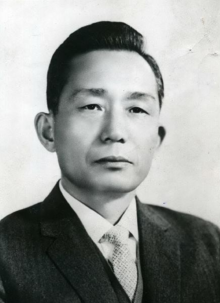
The story of collusion between President Park Chung-hee (image on the right) and Chung Joo-young, founder of the Hyundai Group and Lee Byung-chul, founder of the Samsung groups is almost a legend.
The stage of government-business collusion was almost identical to the period of take-off of the Korean economy (1960-1970), In fact, owing to the Korea Inc. and the bilateral collusion, Korea could free itself from absolute poverty in less than thirty years.
Stage 2. Formation of Oligarchy
As the economy developed further and the process of planning of economic development was executed, the role of bureaucracy became essential for the success of planning. In particular, the Bureau of Economic Planning (EPB) became the key factor of success of economic planning. As a result, the daily participation of EPB bureaucrats and high ranking officials of the Ministry of Finance and other civil servants joined the collusion. This led to the trilateral collusion: politics-bureaucracy-business.
No doubt, the trilateral collusion made significant contribution to the Han-River economic miracle. But in the absence of close supervision of the collusion, the members of the collusion became attempted to appropriate some of the fruits of economic development.
To do so, the collusion members formed a close circle to hide their illegal or immoral activities. In fact, this close circle became an exclusive oligarchy. One of the functions of the oligarchy consisted in allocating privileges to big businesses in exchange of bribe money.
There were several ways of giving public resources to big businesses. The policy loans were the most lucrative gift to the businesses. The government made loans of huge amount of money at an interest rate of less than 5%, while the market rate was above 20%.
This money was designed to foster industrialization and exports. True, a part of these loans were used for the construction of factories and exports. But, in many cases, the businesses made a fortune by making loans of the money borrowed at an interest rate much higher than 5 %.
The big businesses were given tax incentives; they were allowed free entry to industrial complexes; they were given lands which were supposed to be used for industrial use but a part of these lands were used for land speculation. The Chaebols were given all sorts of permit and privileges; they were given huge amount of grants and subsidies for reasons which were not clear.
This stage of the formation of the oligarchy took place in 1980s and 1990s. We may remember that theses two decades were active in reordering the global economy into neo-liberalism, which gave more power to big business and considerably weakened the power of the government. Under this circumstance, it could have become easier for business to dictate policies in their favour by giving bribes.
It was also the period of the transformation of Korean industry into heavy and chemical industries allowing big businesses to have almost unlimited sources of funds.
Stage 3. Establishment of Corruption Community
The oligarchy might have felt the need for strengthening itself by sharing the illicit income with media, the academics and conservative civic groups. In this way, the network of corruption was expanded to form a community of corruption.
The community of corruption is designed to widen the network of corruption so that it can better defend themselves against the anti-corruption forces. Thus, the Korean society became doubly divided between conservatism and progressivism on the one hand and, on the other, between pro-corruption force and anti-corruption force.
The stage of the corruption community came in the 2000s during which the progressive government of Kim Dae-jung (1997-2002 and Rho Moo-hyun (2003-2008) governed the country.
During this period, the corruption community of conservatives had to slow down their activities of corruption. But, it invested money to widen and strengthen its network.
However, since Lee Myong-bak took power in 2008 and Park Geun-hye succeeded him in 2013, the conservative government ruled for 9 years (2008-2017).
During this period, the corruption community expanded and intensified its corruption activities.
In fact, the degree of corruption during this period was even greater than that of the corruption under the military dictatorship of Park Chung-hee and Chun Doo-hwan.

As a result of their crimes, Park Geun-hye is sentenced 25-year imprisonment, while Lee Myong-bak (image on the left) is judged for 15-year imprisonment and accused for additional crimes of corruption.
Strategy of protecting the benefits of corruption
The strategy of protecting the interests of the corruption community included the following.
First, in order to silence the voice of opposition, the conservative government massacred a few hundred thousand innocent people under Rhee Sygnman, Park Chung-hee and Chun Doo-hwan.
Second, the freedom of press was completely silenced either through the brutal police force or through bribe money. The sad situation is that majority of press cannot survive without Chaebols’ advertising fees which are used as bribe money
In Korea, there are three dominant national newspapers: Chosun, Joong-ang, and Dong-ah (Cho-Joong-Dong). These newspapers may account for more than a half of the circulation of major newspapers.
They exited during the Japanese occupation of Korea (1910-1945) and they are known to be pro-Japan and pro-conservative; they have been suspected to play major roles in protecting the corruption community.
Third, ordinary Koreans who were suspected for being a part of pro-progressive and anti-corruption force were the targets of false accusation for being North Korean spy by the intelligence services; they were victims of police harassment and other unlawful means of oppression.
Fourth, authors of academic publications unfavourable to the conservative government were deprived of research funds.
In Korea, there is a group of academics, called “the New Right” who justifies the Japanese invasion of Korea. They have revised the modern history book in which they have written that Japan had come to Korea for its economic development for Koreans.
They deny the existence of the crime of sex slavery of 250,000 Korean teen age girls committed by Japanese soldiers during WWII.
The New Right academics along with the conservatives have given themselves the role of criticizing the progressive force for being “Red” (Pal-Gaeng-Ie) in order to induce voters to vote for the conservative party.
Fifth, about 10,000 artists, singer, movie actors and authors of novels who were not for conservative government were put on a black list and excluded from government grants. The director of the movie “Parasite” Bong Joon-ho was also on the black list along with his crew.
Sixth, the corruption community provides money to several civic pro-conservative movements including the association of Korea War veterans and various organizations of the elderly. These people participate, in street demonstrations, to criticize the progressives. They are paid by Chaebols for their participation.
Seventh, the intra-group marriage is another way of widening and strengthening the corruption community. The most visible cases are the marriages between families of leading conservative politicians and Chaebol families.
Negative Impact of Corruption
The major negative impact of corruption may be grouped into two groups: economic impact and moral impact.
A. Economic Impact
In the short run, corruption can weaken the competitiveness of national economy, while, in the long run, it may bring decades-long deflation as it has happened in Japan.
We may separate micro-economic impact and macro-economic impact.
Micro-economic impact my take various forms. The corrupted way of supervising competition may favour big businesses which may prevent the market from assuring fair competition leading to the loss of competitiveness of small- and medium-sized firms (SMEs).
The government’s bailout operation of insolvent firms in exchange of bribery would simply prolong the life of insolvent firms and, as a result, it could weaken the competitiveness of the Korean industries.
The corrupted system of government procurement may result in buying services and goods of unreliable quality. Korea bought once a submarine which did not submerge in exchange of kick-back.
The macro-economic impact of corruption is as bad as the micro-economic impact.
The pro-export policy imposed upon by the oligarchy may make GDP increase, but exports do not create much the trickledown effects; it does not create jobs; it increases unemployment; it makes income distribution unfair and unequal..
In Korea, 99.9 % of the total number of firms is small-and medium-sized firms (SMEs). They create 87% of jobs. But, the oligarchy has adopted pro-Chaebol and anti-SME policies.
This policy has contributed to the increase in exports. At the same time, it has surely boosted the income of the Chaebols. The increase of Chaebols’ income meant more bribe money available.
Another feature of pro-Chaebol policy was the exploitation of the SMEs for the benefit of the Chaebols. The conservative government allowed the big companies to steal technologies developed by the SMEs, violate the contracts, delaying the payment due to the SMEs and cutting down unilaterally the price of products sub-contracted.
The results of these policies are serious enough; they have prevented the development of the SMEs; they have destroyed jobs accessible to ordinary people. The worst thing was that these policies have delayed the development of domestic industries and increased the possibility of chronic deflation.
B. Moral impact
The moral impact of corruption is even more destructive than the economic impact.
In Korea, there is an old saying: “The downstream water becomes clean, if the upstream water is clean”
Korean people believe that the very root of corruption is the Blue House (Korean White House). In other words, the upstream water is muddy. Therefore the downstream water is muddy. So, the corruption is spread throughout the society
Under the conservative regime, the primary objective of corruption is to accumulate money.
Man becomes slave of money; the money is above the law, above the Confucian values and even above Jesus.
The social status is determined by money. The money determines the hierarchy of the society. The rich Chaebol chief becomes the king and his family becomes royal family. The king of kings is the head of Samsung Group. In fact, under the conservative government, Korea was called the Republic of Samsung.
Chaebols hire former ministers of the central government to show off that they are more important than the government, demonstrate their wealth and power. These poor former ministers are fatly paid for their lobbying in favour of pro-Chaebol policies.
The power of money has created the phenomenon of “Gap-jil” in which the rich and powerful mistreat the poor as inferior beings.
The world may remembers the 2014 incidence of “macadamia nut” in which, the second daughter of the funder of Air Korea insulted and hit one of the personnel on board of a plane for the stupid reason for not opening the bag of nuts.
Pastors of mega protestant churches which have an annual income of millions of USD seem to have the illusion of having become a king and abuse their money power and mistreat congregation members.
In fact, a number of pastors have been accused of stealing church money, but they went free without being accused for the crime. The bribe money has played its role.
In many companies, the employees are forced to do something which has nothing to do with their job descriptions.
The perilous moral impact of the corruption of the conservative leaders is translated into the worship of money and the destruction of honesty, the decency, the integrity and the loss of mutual respect and love.
Fight against corruption
If Korea remains one of the respected countries in the world for its economic performance, it is because Korean people fought back against dictatorship and corruption.
In fact, before the Candle-Light Revolution of 2016-2017, millions of Koreans had gone down to the street and fought bravely against corrupted conservative presidents: Rhee Shygnman (19th of April 1960), Park Chung-hee (16th of October 1979), Chun Do-hwn ( 18th of May 1980 and the month of June 1987).
Finally, from late 2016 to April 2017 for eight months, 17,000,000 individuals from all walks of life went down to the frozen streets and shouted:” Impeach the Park Geun -hye! Clean the corruption!”
The Candle-Light Revolution was successful in bringing back the progressive government after nine years of destructive conservative government. And Moon Jae-in became president.
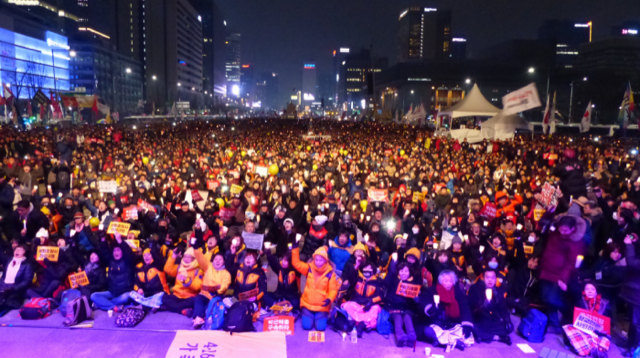
The candlelight movement in Seoul, South Korea, mobilized for change of government (Credit: Women Cross DMZ)
President Moon is the third progressive presidents. The first was President Kim Dae-jung (1998-2002) and the second, President Rho Moo-hyun (2003-2008).
President Kim Dae-jung strengthened the anti-corruption force by encouraging the unionization of labour, vitalizing existing labour unions and fostering the development of progressive civic movements. In addition, he made a major reform of Chaebols asking them to specialize, to stop the circular intra-group financing and to be more transparent in counting.
It was President Rho Moo-hyun who tried hard to guarantee the freedom of media and accomplish a fundamental reform of the police, the office of prosecutors, the courts and the intelligence services.
Measures taken by President Rho were a real challenge to the community of corruption and they plotted his impeachment with fabricated reasons. He was not impeached after all. He finished his presidential term.
However, what worried the community of corruption the most was Rho’s political and ideological legacy of just society and egalitarian democracy.
In order to kill such legacy, the conservatives fabricated fake story that the first lady, Mrs. Rho, had received an expensive watch as bribery and hid it on a rice paddy. This story continued after the take-over of power by the conservative government of Lee Myong-bak.
The family of Rho was continuously harassed even after the retirement of Rho by the police, the conservative media and the office of prosecutors. This was a burden too heavy to endure for Rho and he killed himself.
This episode illustrates how deeply the conservatives were involved in the corruption and why they fabricated incredible story so that they could cling to the rich deriving from corruption.
President Moon Jae-in was President Rho’s chief of cabinet and he knows very well how difficult it is to clean the corruption culture accumulated for 70 years. But, he knows very well also that unless Korea gets rid of the corruption, it is difficult to survive as a normal and healthy nation.
President Moon has adopted the following measures to combat corruption which can be grouped into macro-measures and micro-measures.
Macro-measures anti-corruption
Macro-measures include the North-South peace process and the improved income distribution.
The North-South peace process has resulted in a peace situation in which North Korea no longer threats South Korea.
We remember that the conservative governments have been able to keep power largely due to the North-South tension allowing them to create an atmosphere of fear and win elections. They have been pretending that they are better qualified to deal with North Korea perhaps because of their long tradition of police and military dictatorship.
One of the major socio-economic policies of the Moon’s government is the policy of economic growth with fair income distribution.
Moon’s government increased the minimum wage, increased the national pension, instituted income allowance for the elderly, reduced the number of weekly labour hour, revised the real estate taxes and other measured to slow down the increase of income of the rich and increase the income of the poor.
This policy has the effect of providing a sound basis of economic growth. This policy also allows the poor to have more income and better resist corruption and “Gap-jil.)
Micro-measures of anti-corruption
Moon’s government has taken several micro-measures to tackle the corruption of the conservatives.
First, one of the roots of corruption is the influence peddling by the staff of the Blue House (Korean White House).
Since Moon took over the power, there has been no single case of influence peddling. The mother of President has met no person outside her family for last two years to avoid rumours of influence-peddling which can be fabricated by the conservative media.
Second, Moon has reduced greatly the functions of institutions of power. For instance, the function of the National Intelligence Service (former CIA) is reduced to the management of international information. Under the conservative government, its main function was to arrest those who oppose the government’s corruption by accusing them as North Korean spy.
Moreover, Moon abolished the Military Security Command whose function was to prevent unlawful activities with the armed forces. But, it was unlawfully involved in activities of spying those who criticized the conservative government.
Third, Moon’s government nominated a committee with the mission of re-investigating cases of obvious corruption and crimes committed by the community of corruption. For instance, there was the case of raping women by a deputy director of the Office of Prosecutor, but the case was not properly investigated partly because of bribes and partly because of his close relation with powerful people within the conservative government.
Fourth, some of the leaders of media who sided with the community of corruption for the oppression of labour unions of reporters were replaced.
Fifth, Moon’s government has passed a series of anti-corruption laws including the Kindergarten Law preventing the theft of public funds by founders of kindergartens.
Sixth, Dozens of the Blue House personnel who collaborated with the corruption community of the conservatives have been punished.
Seventh, Perhaps the most difficult fight President Moon has started is the fight against the Office of Prosecutors.
The Korean prosecutor system is the most powerful one in the world; it has the right of investigation of crime and corruption. True, he police also has the right of investigation, but it is the prosecutor’s office which has the final say. Moreover, the prosecutor has the monopoly of indictment right.
In the past, thousand cases of corruption and abuse of power have been accused. But few of them went beyond the office of prosecutor and to the court.
In short, Korea has not been able to win the war against corruption mainly because of the corrupted prosecutor’s monopoly of judiciary power.
In Korea, there is no power which can rule the prosecutor, not even the president. In a way, the prosecutor has been the most powerful and effective defender of the corruption culture.
To fight the prosecutor, Moon has been able to pass a law on the mechanism of supervising high ranking officials including prosecutors (Gong-Soo-Cheo). Moon has won a battle. But it is a long way to go before cleaning the corruption culture.
The ultimate defender of corruption is money. The conservatives have been stacking up corruption money for last 70 years amounting hundreds of billions of dollars hidden in cash, real estate, stocks throughout the world.
It may take more than 10 years, even 20 years of progressive government in power, before Korea can destroy completely the corruption culture.
Lessons
There are some lessons which can be drawn from Korea’s experience of corruption.
First, the corruption must be stopped at the first stage of the evolution of corruption, that is, the stage of the bilateral collusion.
Second, when the process of corruption attains the stage of oligarchy formation, it may take very hard measure to fight it.
Third, if we wait until the stage of the corruption community, it may take decades to clean it. This is the case of Korea
Fourth, one cannot rely always on the government for the elimination of corruption, because the government is often corrupted.
It is very fortunate that, in Korea, the progressive government of Moon is leading the fight against corruption. However, Moon needs the active cooperation of ordinary people to defeat corruption. The people are with him.
*
Note to readers: please click the share buttons above or below. Forward this article to your email lists. Crosspost on your blog site, internet forums. etc.
Professor Joseph H. Chung is professor of economics and co-director of the Observatoire de l’Asie de l’Est (OAE) – the Centre d’Études sur l’Intégration et la Mondialisation (CEIM), Université du Québec à Montréal (UQAM). He is Research Fellow of the Center of Research on Globalisation (CRG).








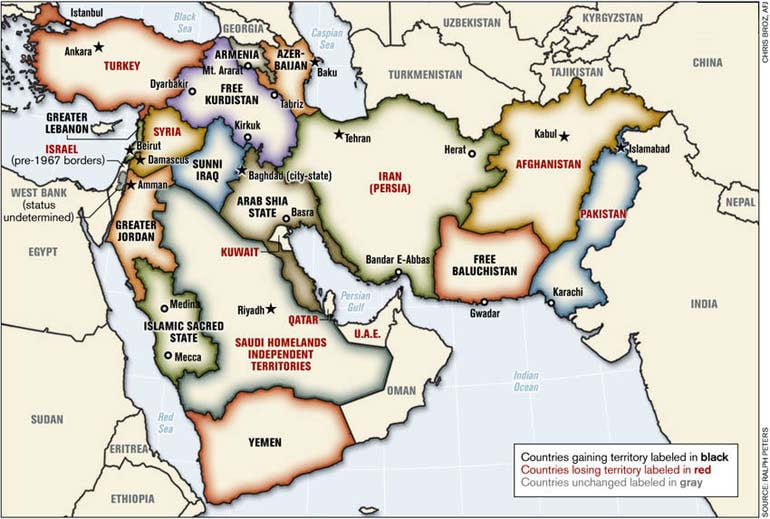
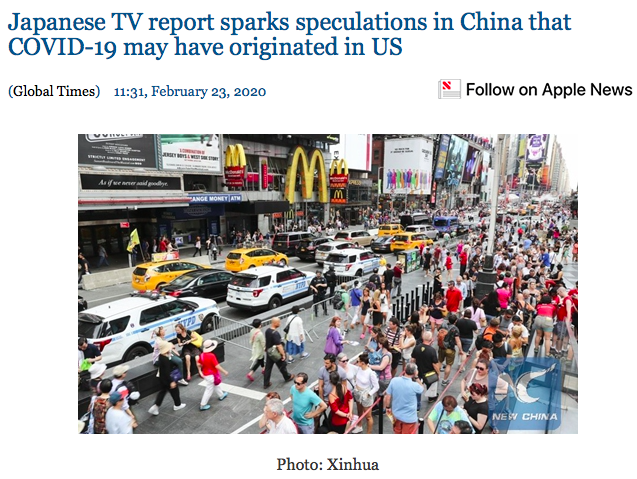



 Can you
Can you 